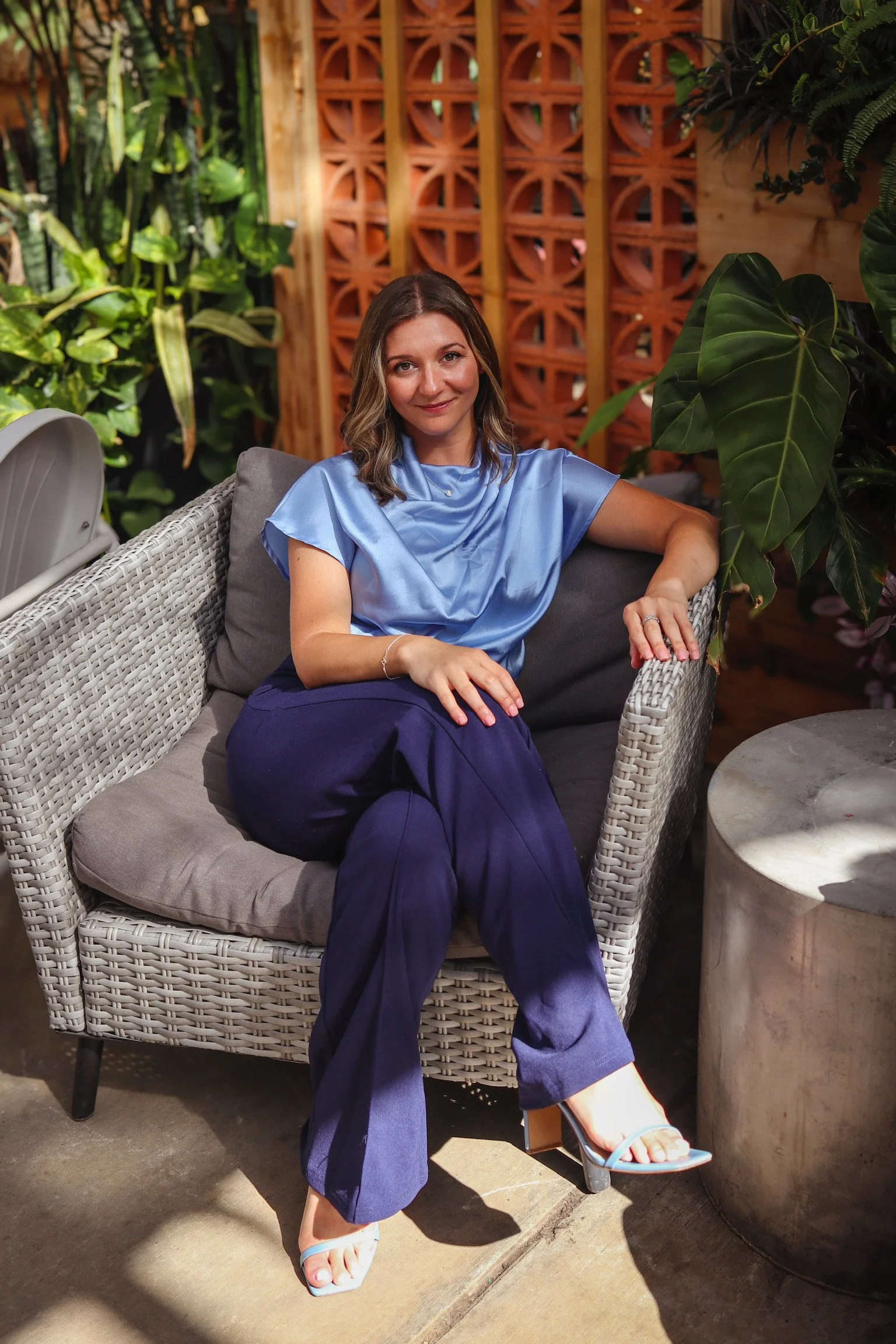Eating Disorders: How Pilates Can Save Lives
Imagine this: You’re teaching a reformer Pilates class. All your regulars are there. You know them well; they’ve been training with you for a while. You decide to challenge them and cue standing front splits. As always, your eyes are sharp, watching for alignment and form. Safety is your top priority.
Then, it happens in an instant.
One of your students passes out and hits their head on the foot bar. You’re stunned. You have no idea what just happened. You don’t know their medical history because it’s not in your intake paperwork. You don’t know how best to support them in a crisis. You call their emergency contact and find out they have an eating disorder.
It’s terrifying. And sadly, not uncommon.
Research estimates that nearly 20% of individuals who belong to a fitness community are at risk of disordered eating, and over 10% have disclosed a history of an eating disorder (Gjestvang et al., 2024). Among fitness instructors themselves, over 20% of men and nearly 60% of women report struggling with disordered eating (Konstantinovsky, 2025).
To put it plainly, eating disorders are an epidemic in the fitness world. Disturbingly, they are sometimes reinforced by the very community it hurts.
Eating disorders are the most fatal mental health condition, yet only 6% of those affected appear underweight. Becoming educated about eating disorders can save the life of a client or a colleague.
I grew up in a Pilates studio. I used to nap on the Cadillac while my mom, a well-known Pilates instructor, taught her classes. Over the years, I watched hundreds of people leave the studio feeling like the best version of themselves.
If you’re reading this, chances are you already know how healing Pilates can be. You’ve seen the magic, I have too.
But that healing can be overshadowed when Pilates is used in harmful ways, especially for someone with a history of disordered eating.
We’ve all heard the comments…
“If you were bad this Thanksgiving, we’ve got to burn off those calories!”
“Summer is around the corner—time to work off those extra pounds before bathing suit season!”
These comments seem benign, but they are the catalysts for the beliefs of the Pilates instructor who made the viral TikTok saying you should not be over 200 pounds to participate in the craft, a craft that was created for soldiers rehabilitating from war related injuries.
These kinds of messages imply that joy comes at a cost, eating should be punished, that food should bring guilt, and, perhaps worst of all, that your instructor is judging your body.
This creates a culture of shame and fear. It reduces motivation and pulls people away from values-based movement.
To help change that, I developed a three-hour training called Equilibrium Health Advantage, designed to educate Pilates instructors about eating disorders. Participants learn diagnostic criteria and common misconceptions, as well as how to recognize warning signs in clients.
We also explore instructors’ relationships with their own bodies as working in the fitness industry is itself a risk factor for disordered eating.
The training addresses key barriers to supporting clients, like lack of knowledge or being immersed in an appearance-focused culture.
If you're among the 75% of fitness professionals who say they've suspected a client had an eating disorder, know this: education and appropriate action are the most important factors in determining whether you’re able to help (Colledge et al., 2020).
This training gives you the tools to do just that. You will learn to support your clients, colleagues, and yourself.
That’s why we include role plays on how to start a conversation when you’re concerned. Because preparation matters, and these concerns are real.
As a clinical psychologist specialized in eating disorders, I work closely with a team of professionals comprised of physicians, psychiatrists, dietitians, and therapists to provide comprehensive care. I call it the three M’s: mind, meals, and medication.
But for too long, something has been missing: movement.
By educating Pilates instructors, we can bring movement professionals into the eating disorder care team. Joseph Pilates once said, “It is the mind itself which shapes the body.” With training, Pilates instructors can help bridge the gap from sickness to recovery.
Too often, people push themselves to exercise while tired, dehydrated, or sick, driven by anxiety or guilt around “missing a workout.” But when fitness professionals model and encourage intentional, joyful movement, guided by listening to the body, exercise becomes more than physical. It becomes restorative. It builds life and it builds functionality.
The six tenants of Pilates are concentration, control, centering, precision, flow, and breathing. At no point is appearance mentioned. Bring your work back to the basics and to what it as intended to do, to return to life.
If you’re interested in learning more about eating disorders, I offer training sessions for both studios and individuals. Please feel free to reach out at contact@drzoerossnash.com or visit my website at www.drzoerossnash.com/eha.
Dr. Zoe Ross-Nash is a licensed clinical psychologist specialized in eating disorders who also grew up in the Pilates studio as her mother is founder of the Red Thread Method, Kathi Ross-Nash. She offers individual therapy, educational training workshops, and podcasts on the topic.
References
Colledge, F., Cody, R., Pühse, U., & Gerber, M. (2020). Responses of fitness center employees to cases of suspected eating disorders or excessive exercise. Journal of eating disorders, 8, 1-9.
Gjestvang, C., Mathisen, T. F., Bratland-Sanda, S., & Haakstad, L. A. H. (2024). The risk of disordered eating in fitness club members-A cross-sectional study. Sports (Basel, Switzerland), 12(12), 343. https://doi.org/10.3390/sports12120343
Konstantinovsky, M. (2025). How gym culture can contribute to eating disorders and disordered eating.


